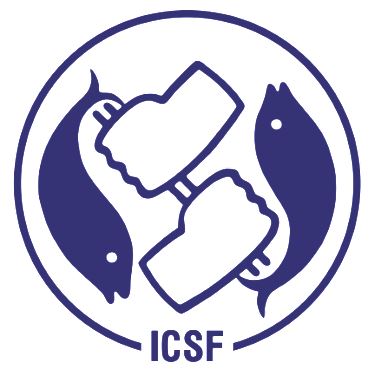Brown, Dominic A. Andradi and Veverka, Laura and Amkieltiela, Amkieltiela and Crane, Nicole L. and Estradivari, Estradivari and Fox, Helen E. and Gill, David and Goetze, Jordan and Gough, Charlotte and Krueck, Nils C. and Lester, Sarah E. and Mahajan, Shauna L. and Jr., John Rulmal and Teoh, Marianne and Ahmadia, Gabby N. (2023) Diversity in marine protected area regulations: Protection approaches for locally appropriate marine management. Frontiers in Marine Science, 10. p. 19.
Full text not available from this repository. (Request a copy)Abstract
Globally, marine protected area (MPA) objectives have increasingly shifted from a primary focus on maintaining ecosystems through prohibiting extractive activities, to more equitable approaches that address the needs of both people and nature. This has led to MPAs with a diverse array of fisheries restrictions and recent debate on the type of restrictions that contribute to achieving biodiversity goals. Here we use a global dataset of 172 MPAs (representing 31 nations) alongside nine detailed case study MPAs (from Australia, Belize, Cambodia, Federated States of Micronesia, Fiji, Indonesia, Madagascar, Solomon Islands, and United States of America), including partially protected areas that allow regulated fishing, to illustrate the many diverse pathways that some MPAs have adopted to protect biodiversity and safeguard the rights and well-being of resource-dependent coastal communities. We group MPAs based on their restrictions and explore four key insights emerging from these groupings using our nine case studies: (i) MPAs use highly diverse approaches to regulate fisheries; (ii) partially protected areas can address gaps in regional fisheries management; (iii) devolving resource management rights to communities influences the chosen fisheries restrictions; and (iv) state-governed MPAs can use highly tailored fisheries restrictions to increase equity in access. We find that partially protected MPAs can offer effective and equitable pathways for biodiversity conservation if tailored to local context. Rather than focusing primarily on fully protected areas for achieving new global MPA targets, we recommend countries use a blend of locally-appropriate protection levels – from fully protected areas to partially protected MPAs to achieve positive biodiversity outcomes.
| Item Type: | Articles |
|---|---|
| Keywords: | Marine Protected Area (MPA), Marine Management, Fisheries Regulation, Coastal Communities, Biodiversity, Resources Management, Regional Management, Case Study, Fisheries Management, Marine Conservation |
| Subjects: | Biodiversity |
| Depositing User: | Kokila ICSF Krish |
| Date Deposited: | 18 Sep 2025 10:38 |
| Last Modified: | 18 Sep 2025 10:38 |
| URI: | http://icsfarchives.net/id/eprint/22462 |
Actions (login required)
 |
View Item |


